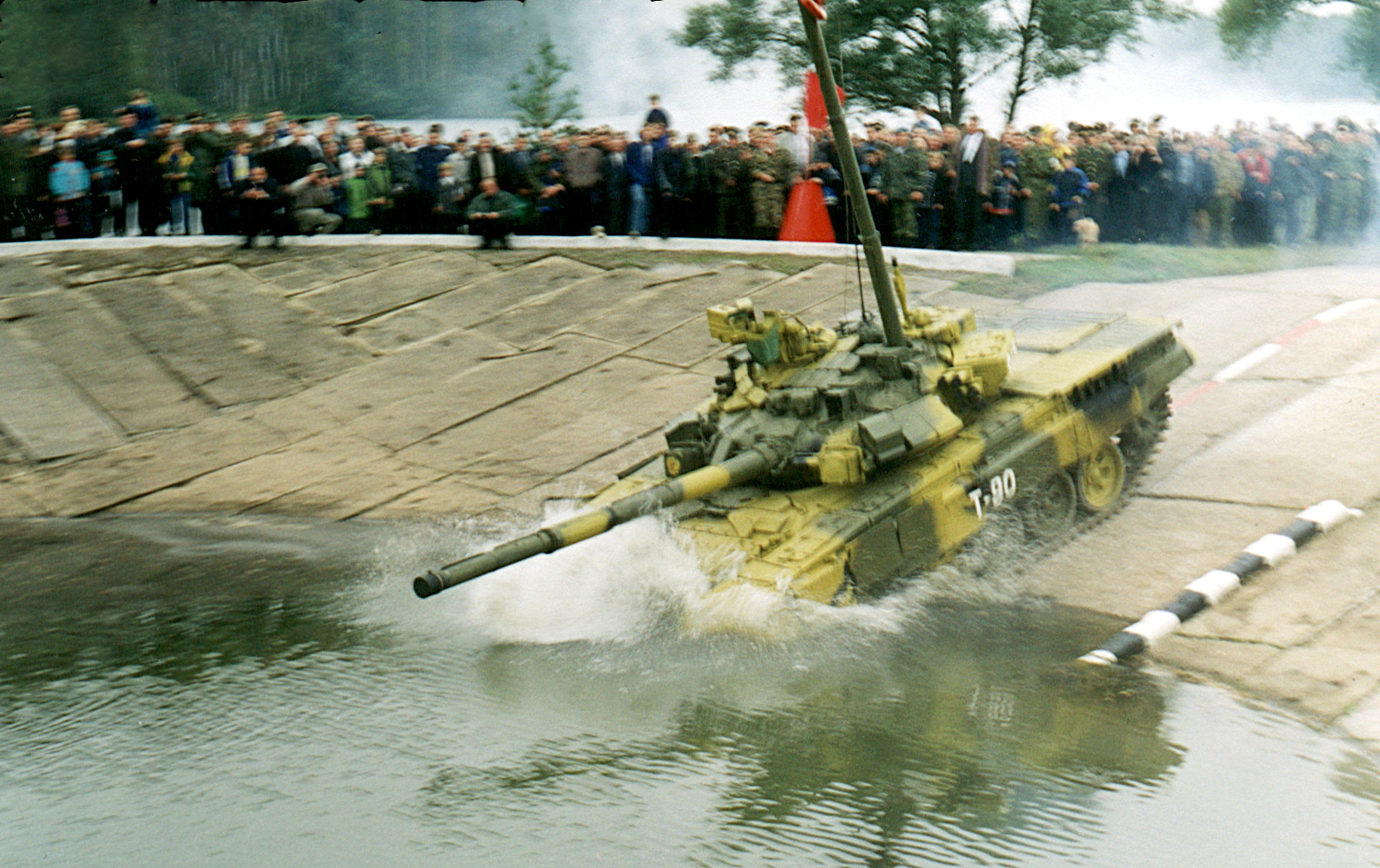Vehicle snorkel on:
[Wikipedia]
[Google]
[Amazon]

 A vehicle snorkel is the land-based equivalent of the
A vehicle snorkel is the land-based equivalent of the

 A vehicle snorkel is the land-based equivalent of the
A vehicle snorkel is the land-based equivalent of the submarine snorkel
A submarine snorkel is a device which allows a submarine to operate submerged while still taking in air from above the surface. British Royal Navy personnel often refer to it as the snort. A concept devised by Dutch engineers, it was widely used ...
which allows submarines
A submarine (or sub) is a watercraft capable of independent operation underwater. It differs from a submersible, which has more limited underwater capability. The term is also sometimes used historically or colloquially to refer to remotely op ...
to use diesel engine
The diesel engine, named after Rudolf Diesel, is an internal combustion engine in which ignition of the fuel is caused by the elevated temperature of the air in the cylinder due to mechanical compression; thus, the diesel engine is a so-cal ...
s while submerged. Snorkels, when used by vehicles with air-breathing internal combustion engines
An internal combustion engine (ICE or IC engine) is a heat engine in which the combustion of a fuel occurs with an oxidizer (usually air) in a combustion chamber that is an integral part of the working fluid flow circuit. In an internal combust ...
, sometimes allow limited deep wading Deep wading or deep fording is a technique used by some heavy semi-amphibious vehicles to traverse water that is several metres deep - the vehicle drives on the riverbed/lakebed/seabed and uses screens or a pipe (a snorkel) that reaches above the ...
capability for river crossing or amphibious landing
Amphibious warfare is a type of offensive military operation that today uses naval ships to project ground and air power onto a hostile or potentially hostile shore at a designated landing beach. Through history the operations were conduct ...
operations, particularly in the case of tanks and other armored vehicles. In such cases, the snorkel supplies air for both the engine and the sealed crew compartment, allowing total submersion. Often, the snorkel pipe is of large diameter and fits over the crew hatch, to provide an escape route for the crew in case the vehicle becomes stuck or disabled while underwater.
Military wheeled vehicles, such as a HEMTT
The Heavy Expanded Mobility Tactical Truck (HEMTT) is an eight-wheel drive, diesel-powered, tactical truck. The M977 HEMTT first entered service in 1982 with the United States Army as a replacement for the M520 Goer, and since that date ha ...
transport or a Unimog
The Unimog (, ) is a range of multi-purpose tractors, trucks and lorries that has been produced by Boehringer from 1948 until 1951, and by Daimler Truck (formerly Daimler-Benz, DaimlerChrysler and Daimler AG) since 1951. In the United States and ...
are often capable of mounting snorkels for the engine air intake only, to allow them to wade through relatively deep water, limited by the height of snorkel intake and the driver's head (usually slightly less than the height of the roof). Generally, the crew compartment is not watertight, and the crew will be immersed, unlike in tracked vehicles, which are generally totally sealed. The maximum depth is dictated by the height of the snorkel; if the water level should reach the snorkel intake, it will be drawn into the engine, immediately killing it. In the case of a World War II-era amphibious Jeep, all of the engine openings and electrical wiring are sealed, and the driver must first operate a damper that prevents water from entering the intake manifold. After fording, all vehicles wheel bearings must be repacked with new lubricants due to water contamination. Modern military vehicles typically come from the factory with waterproofed wiring systems.
For off-road driving enthusiasts (or those who merely like the way it looks), similar snorkel equipment is available as an aftermarket accessory for many civilian four-wheel drive
Four-wheel drive, also called 4×4 ("four by four") or 4WD, refers to a two-axled vehicle drivetrain capable of providing torque to all of its wheels simultaneously. It may be full-time or on-demand, and is typically linked via a transfer case ...
vehicles
A vehicle (from la, vehiculum) is a machine that transports people or cargo. Vehicles include wagons, bicycles, motor vehicles (motorcycles, cars, trucks, buses, mobility scooters for disabled people), railed vehicles (trains, trams), wate ...
, or available as a "universal" kit, and making a home-built snorkel system is not difficult for most vehicles. The snorkel is typically routed out through one of the front fenders or directly through the hood, and up beside the "A" pillar to the level of the roofline where it is terminated with either a mushroom intake or a forward-facing intake, although a simple aftermarket cone filter on the end of a flexible length of plastic tubing works just as well (it is also possible to simply run the tubing directly to the factory air-filter box). As long as all air intake parts inside the engine bay are sealed, it will work successfully. Although most external system wiring on modern vehicles is quite well sealed, it is usually wise to use additional sealing on computers, fuse boxes, etc., and interior electronics such as radios and entertainment systems (not to mention digital dashboards) are generally not waterproofed and will be ruined by water entering the vehicle. It is also important to install extended ventilation lines to the axles and transfer case; these typically are no more than a foot or so long, and will allow water to contaminate the lubricants. Even with extended vent lines, water can frequently leak past the oil seals; thus it is generally wise to check the axle and transfer case lubricants and change if necessary after deep water crossings.
References
External links
{{commonscat, Vehicle snorkelling equipment Amphibious vehicles